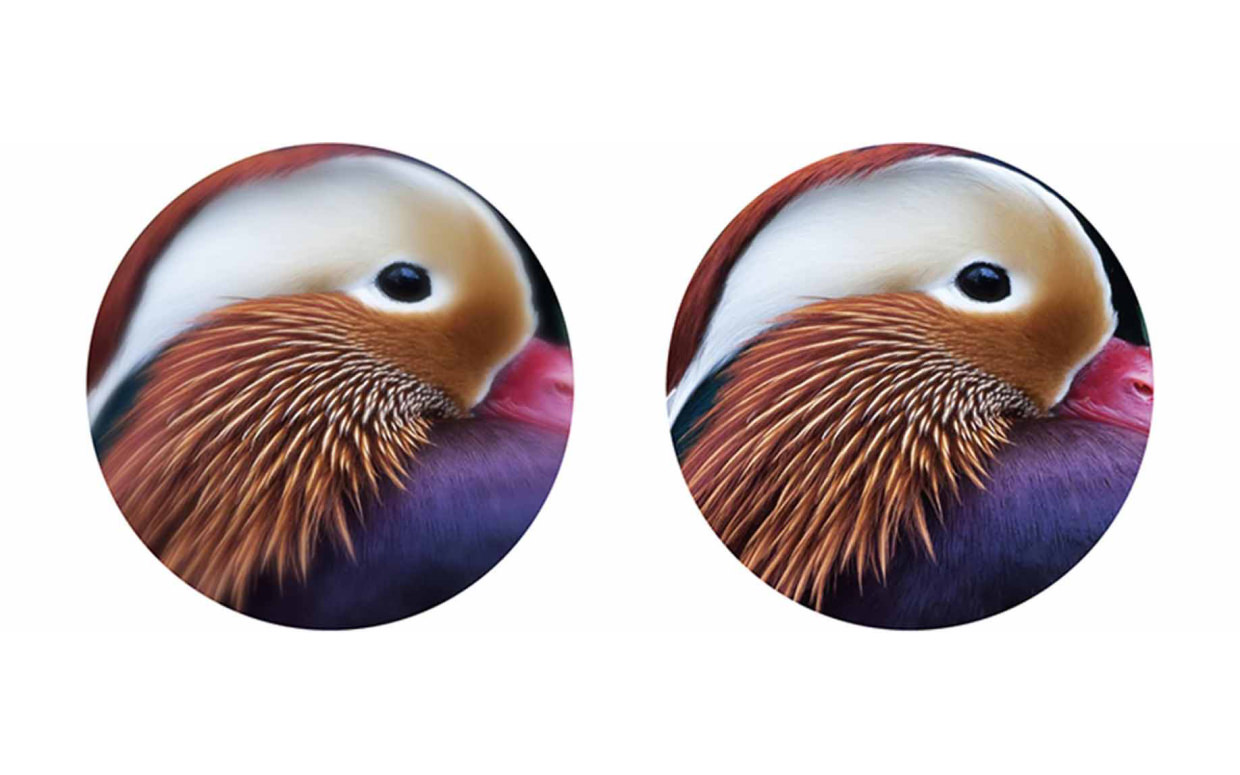Optical Technology
Optical Technology is the core of Nikon’s various products. For measurement, observation, processing, and exposure, and for the optical materials necessary for these, it is necessary to cover the body of knowledge in optics, advanced theory, and applied technology. Optical Technology plays an important role not only in products, but also in assembly adjustment, processing, and quality assurance during the production process.
Light is a familiar part of our lives, and technology that utilizes it has a long history, with various theories and technologies for different purposes.
Aberration Correction
It is a technology for correcting optical systems to achieve the desired image by optimizing lens shapes, combining lens materials with different optical properties, and adjusting the placement of lenses. At Nikon, we design various optical systems such as interchangeable lenses for cameras, binoculars, telescopes, objective lenses for microscopes, and projection lenses for lithography systems to achieve the desired specifications.

Scanning Optical Systems
By scanning from a point to a line, then to a surface, and finally to a 3-D object, the dimensionality of the area illuminated with light can be increased. When there is a need to increase the spatial resolution of information obtained through optical measurements, scanning is effective. It is also useful when it is necessary to focus the required light power in one spot due to limitations in the output of the light source during laser processing. At Nikon, it is used in equipment such as fundus cameras, confocal microscopes, laser radars for measuring surface shapes, and optical processing machines, and it is important that they can scan accurately and at high speed.

X-ray Source
X-rays are electromagnetic waves with extremely short wavelengths, and there are many materials that do not allow visible light to pass through but are permeable to X-rays. In other words, objects that could not be “seen” with visible light can now be “seen” (detected) using X-rays. Nikon offers X-ray and CT systems with X-ray sources to view the internal structure of parts, which are used to inspect the internal shape of parts.

Super-Resolution Microscopy
This allows observation with high resolution that exceeds the theoretical limits of general optical microscopes.
Since it is possible to observe the structure of cell organelles that could not be seen before, it is expected to contribute to the further development of research in various fields that require nanoscale observation, such as biology, medical science, and medical treatment. Nikon offers super-resolution microscopes by devising detection, illumination, image processing, and the optical response of the observed object.

You can search for articles related to Nikon’s technology, research and development by tag.
